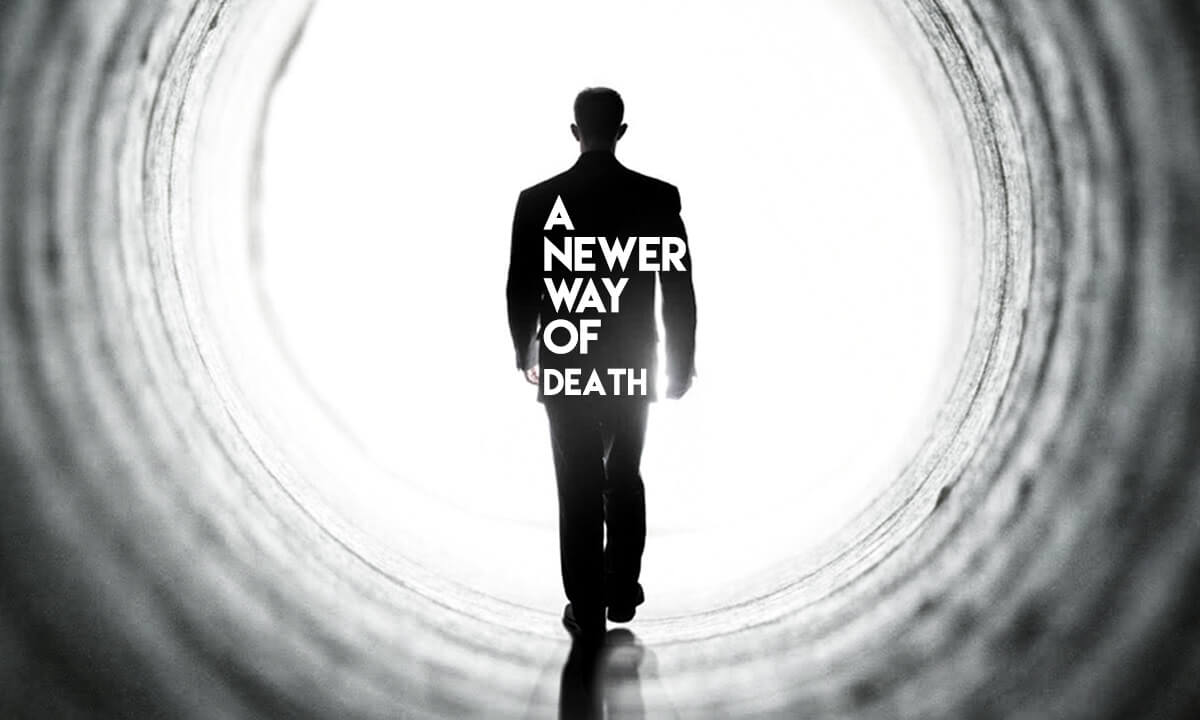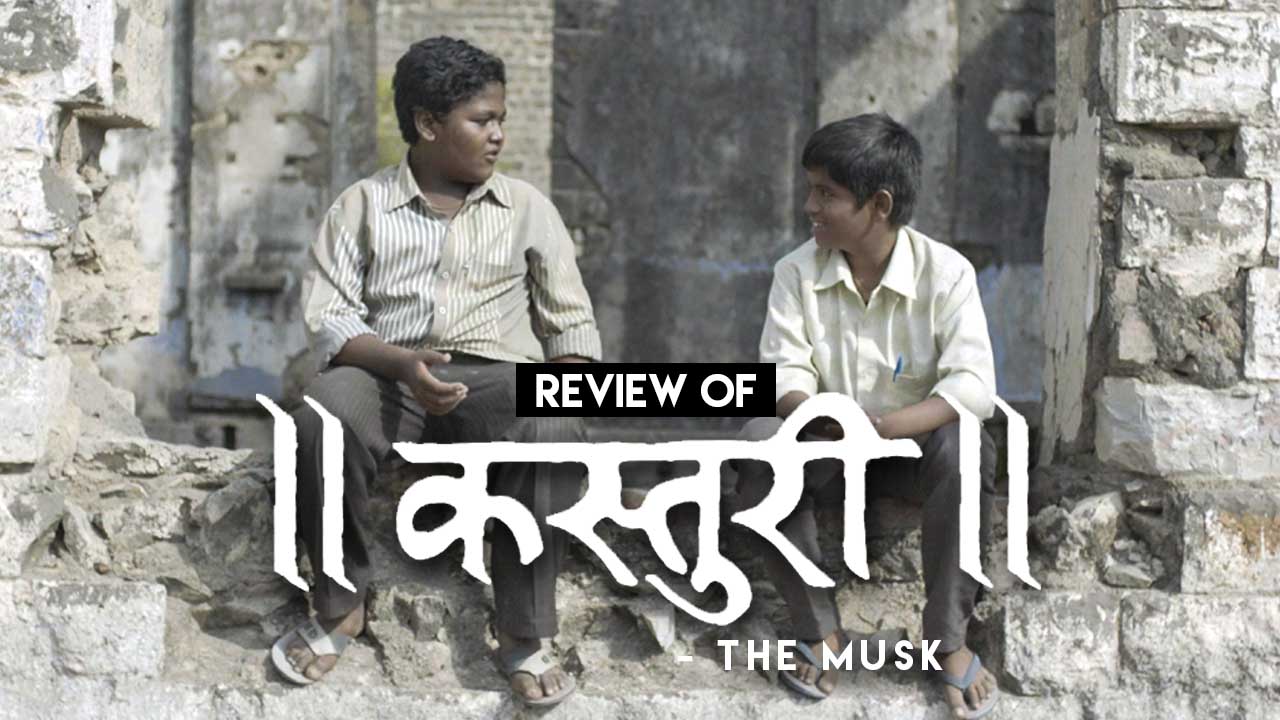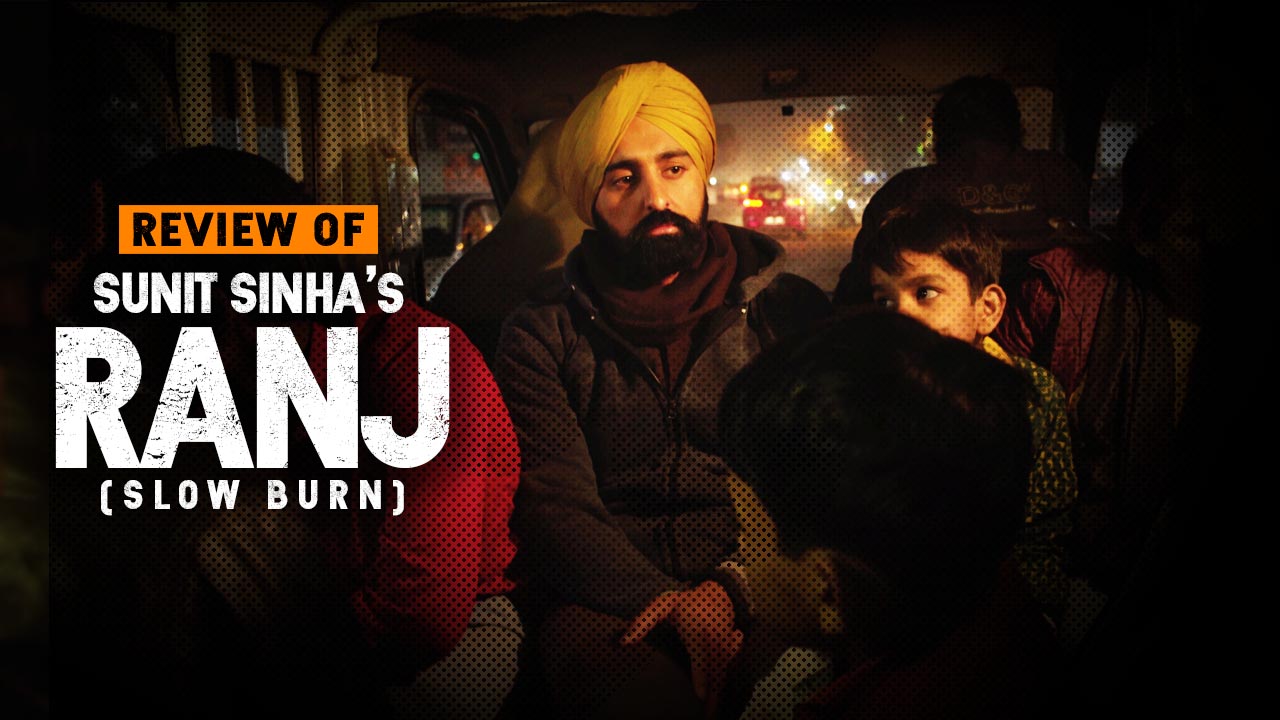
Let’s Talk About Death And Karma
You are born, you live and you die.
I hate to sum up your total existence in that short a sentence but that’s the version of it we are going with. This is because today we will be talking about what happens after death, so we can leave living out of the picture. Wait? Did I just say I will talk about what happens after death? Is this going to be a boring discourse on heaven and hell, good karma or bad karma? Well, no. This is going to be about your remains, yes! Your remains, namely your body packed with bile fluids, organs and a consequential amount of fat. If you are of the very few, who has filled out an organ card and decided that your mortal remains will go to help others, I am proud of you. You have managed to mitigate the problem to a certain extent but you haven’t exactly vanquished it. You see, when we die, our body after some time becomes more of a liability to people and nature, rather than something to cry about.
The Cremation Hazards…

In India, bypassing the religious discourses there are only two ways to handle a dead body, either you cremate it or you bury it. Now, with India being a country of billions, this has not only given birth to an industry that facilitates things after death but also certain environmental hazards. Let’s start with cremation; there are two ways to do it.
The first involves building up a funeral pyre with wood and in this when you burn the body, the putrid smell reaches miles causing air pollution and most of the times these funerals are carried out next to a water body, which over the years gets severely contaminated endangering the flora and fauna of the region.
For every dead body being cremated there is a damning amount of carbon monoxide, sulphur dioxide, soot, mercury emission curtsy of the dental fillings getting emitted in the environment. Often, bodies which have died due to contaminated diseases tend to migrate, when people are arranging the cremation, leading to the disease to claiming a victim. This is not an exaggeration, this has and continues to happen.
Burial And Grave Dangers…

The second involves putting the body in an electric furnace, where the body is roasted to ashes and the cost of it is equal to a median household’s monthly income. When you bury the body, the implications are not less grave (if you know what I did here) most of the times burying a body involves embalming it first so the mourners can take some time to say their goodbyes.
Embalming involves shooting up a chemical concoction of formaldehyde, phenol, methanol, and glycerine into the cadaver to slow its rate of decay. Formaldehyde is a carcinogen and human exposure to high concentrations of it has been proved to be lethal and other ingredients mentioned are not gratifying to the living either.
Moreover, cremation or burial doesn’t come cheap. You have to understand as I said earlier; there is an entire industry surrounding it. It starts from funeral vehicles to flower arrangers, to morticians, priests and the whole hog. The entire cost of it is almost equal to a mini-marriage other than the fact, that you know the person for whom this entire charade is being done is dead. So what do we do with our dead bodies? It’s not like someone has managed to find a better way of sending off the dearly departed that one can avail and save all that mess.
What Are The Newer Options For The Heavenly Ascend?
Well, err, actually there have been several. Some of them have been holistic like making biological pods, serving your body as the protein quotient for a tree to grow on and the likes. However, in recent years a solution has been reached, which is practical as well as environmentally safe to dispose of the departed from this world. The process is known by many names, the official name is Alkaline Hydrolysis. However, to spread awareness and promote its use it goes by several names such as flameless creation, bio-cremation and the most popular is water cremation.
In this process, in a high-pressure chamber water mixed with potassium hydroxide is heated to 150-300°C. Then the body is placed in the solution, which slowly starts dissolving in the mixture the only thing that’s left in this process are the bones, which are made of collagen and calcium and do not get dissolved. To scientists, this is a far more effective way to take care of a cadaver than the practices that have been in vogue for centuries.
However, the reactions have been mixed. Having the body dissolved without much of a bang is something that’s considered improper by many. While some, who are scientifically inclined, have hailed it as a practical way to take care of their near and dear ones once they have become deceased.
Now, reactions and speculations aside, the question goes to what the future generation will choose because this method, if being eagerly debated today, might become the norm tomorrow. At one end there is this huge cost of having a funeral and on the other side is the choice of leaving the mortal world knowing that one’s death didn’t inflict a further debt on the planet or the living. This question becomes more pertinent every day, as with every passing day thanks to the pollution boom, the stakes are getting higher, the avenues are becoming more constricted and resources are getting scarce. The bottom-line of taking a call would become much simpler; the dead shouldn’t leave that high a cost of their death on the living.














